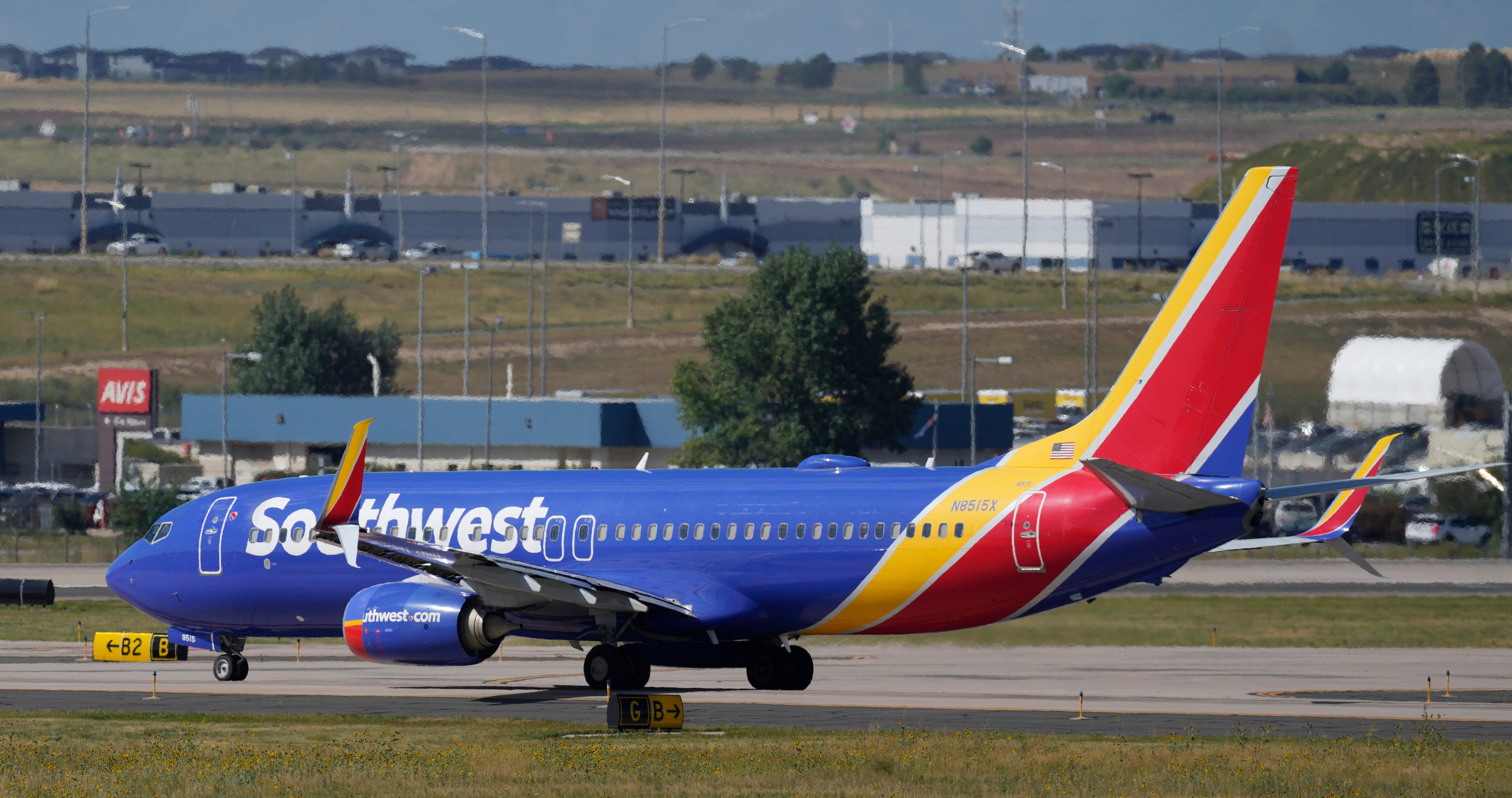This website uses cookies so that we can provide you with the best user experience possible. Cookie information is stored in your browser and performs functions such as recognising you when you return to our website and helping our team to understand which sections of the website you find most interesting and useful.
Support truly
independent journalism
Our mission is to deliver unbiased, fact-based reporting that holds power to account and exposes the truth.
Whether $5 or $50, every contribution counts.
Support us to deliver journalism without an agenda.

Louise Thomas
Editor
Investigators say a Southwest Airlines jet that experienced an unusual “Dutch roll” in flight had been parked outside during a strong storm and then underwent routine maintenance, after which pilots noticed odd movements of the rudder pedals.
After the May 25 incident, Southwest mechanics found “substantial” damage in the aircraft’s tail, where the rudder is located, but the National Transportation Safety Board said Tuesday that it hasn’t determined when the damage occurred.
The plane, a Boeing 737 Max, was grounded for more than a month but resumed flights last week, according to data from Flightradar24.com.
Dutch roll is a swaying, rhythmic combination of yaw, or the tail sliding sideways, and the wingtips rocking up and down. The Southwest jet experienced the movement at 34,000 feet and again after descending to 32,000 feet while flying from Phoenix to Oakland, California.
The condition can be dangerous, and modern planes have a “yaw damper” to stop the oscillations that characterize Dutch roll.

After the plane landed, Southwest mechanics found fractures in the metal bracket and ribs that hold a backup power control unit to the rudder system. Investigators examined the damaged parts last week in Ogden, Utah.
The NTSB said the plane was parked overnight at the New Orleans airport on May 16 during thunderstorms that packed gusting winds up to 84 mph, heavy rain and a tornado watch.
On May 23, the plane underwent scheduled maintenance, and afterward pilots noticed the rudder pedals moving when the yaw damper was engaged. Pilots on the May 25 flight felt the pedals moving during the Dutch roll and even after landing, the NTSB said.
John Cox, a former airline pilot and now a safety consultant, said the NTSB preliminary report indicates that the plane was most likely damaged during the storm. He said the near hurricane-force winds could have caused the rudder on the parked jet to slam back and forth.
Cox said there was “absolutely no way in the world” the Dutch roll caused such severe damage, nor does he think it was related to the maintenance work.
“I do not see this as a Max issue. I do not see this right now as a 737 issue,” he said. “I see this as a one-off.”
Southwest inspected its 231 Max jets last month and found no other cases of damage around the rudder power units and no problems in new planes it has received since, according to the NTSB.
Dallas-based Southwest declined to comment.
It could be a year or longer before the NTSB determines a probable cause for the incident.



 Africana55 Radio
Africana55 Radio 
